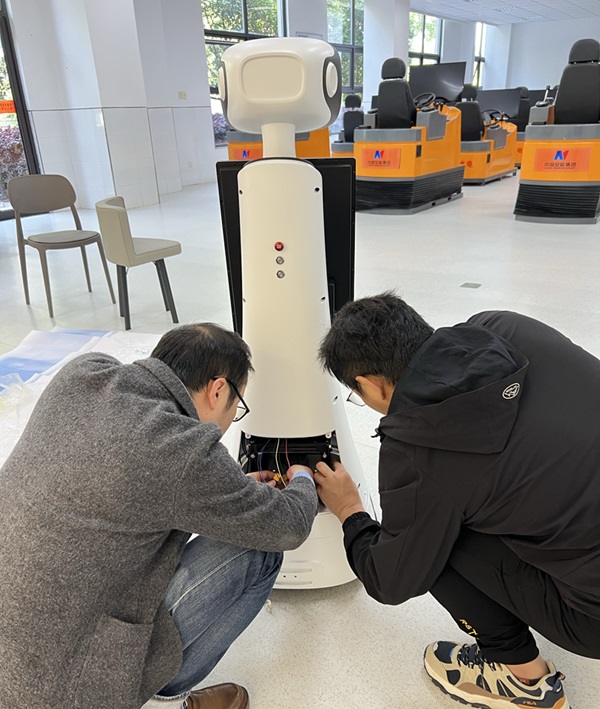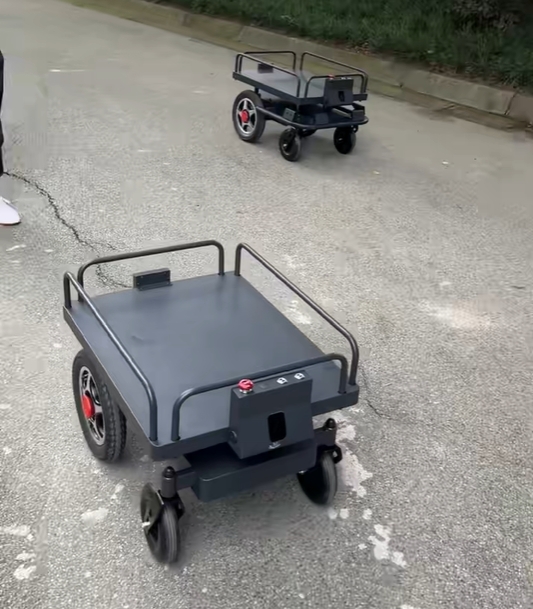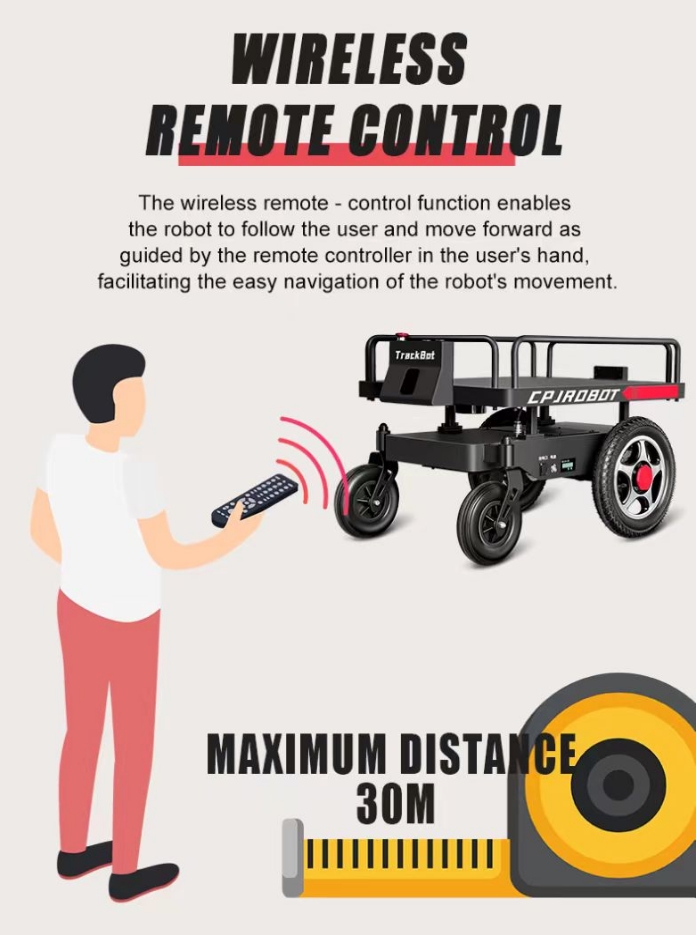When investing in a welcome robot, understanding the maintenance costs and necessary upkeep is crucial for long-term efficiency and cost-effectiveness. Although welcome robots generally have lower maintenance costs compared to traditional human services, regular maintenance is essential to ensure optimal performance and longevity.

Understanding the Maintenance Costs of a Welcome Robot
Several factors influence the maintenance costs of a welcome robot:
1. Hardware Wear and Tear
Over time, the hardware components of a robot will wear out due to continuous operation. Parts like motors, sensors, and wheels may need periodic replacement, which adds to the maintenance cost.
2. Software Upgrades
As technology evolves, your robot’s software will require updates to maintain functionality and system stability. Regular updates help in fixing bugs, enhancing security, and introducing new features.
3. Repair Costs
In case of malfunctions or breakdowns, the robot will need repairs. The cost of these repairs depends on the severity of the issue and the parts involved.
Essential Maintenance Work for Welcome Robots
To keep a welcome robot in optimal working condition, the following maintenance tasks should be regularly performed:
1. Daily Cleaning
Regularly clean the robot’s surface to prevent dust accumulation, which can affect sensors and overall appearance.
2. Battery Maintenance
Check the battery status regularly and ensure timely recharging to prolong battery life and maintain uninterrupted operation.
3. Software Updates
Keep the robot’s operating system and applications up to date to ensure smooth functioning and access to the latest features.
4. Hardware Inspections
Periodically inspect sensors, motors, wheels, and other hardware components to ensure they are functioning properly.
5. Troubleshooting
Promptly identify and resolve any issues to prevent operational downtime and extend the robot’s lifespan.
Tips for Reducing Maintenance Costs
While maintenance is unavoidable, here are some strategies to keep costs manageable:
1. Choose a Reliable Brand
Opt for well-known brands with a reputation for quality and reliability. These robots tend to have lower failure rates and better support, reducing long-term maintenance costs.
2. Implement a Maintenance Schedule
Develop a detailed maintenance plan that includes regular checks and servicing to prevent issues before they escalate.
3. Train Operators
Proper training for those who operate the robot can minimize errors and prevent damage caused by improper use.
4. Optimize the Environment
Place the robot in a stable environment with minimal dust and humidity to reduce wear and tear.
Considerations for Different Robot Models
It’s important to note that:
- Maintenance requirements and costs vary across different models of welcome robots.
- The operating environment can significantly impact the frequency and difficulty of maintenance.
- Timely maintenance can extend the robot’s lifespan and reduce long-term costs.
Conclusion
While maintaining a welcome robot does involve costs, these can be effectively managed through proper care and regular upkeep. By choosing a reliable brand, adhering to a maintenance schedule, and training operators, you can minimize expenses and maximize the robot’s operational life. If you’re interested in learning more about the maintenance costs for a specific welcome robot model, it’s best to consult with the supplier.
At CPJ Robot, we offer a range of service robots and LiDAR-based solutions designed to meet diverse needs. Our products can be customized to your specifications. For more information, please contact us via email.[email protected]
#WelcomeRobot #ServiceRobot #MaintenanceTips #SmartTechnology #Innovation #CustomerExperience
Maintaining a welcome robot may seem daunting, but with the right approach, it’s both manageable and cost-effective. Investing in regular upkeep not only saves money in the long run but also ensures your robot continues to enhance customer interactions and operational efficiency.





